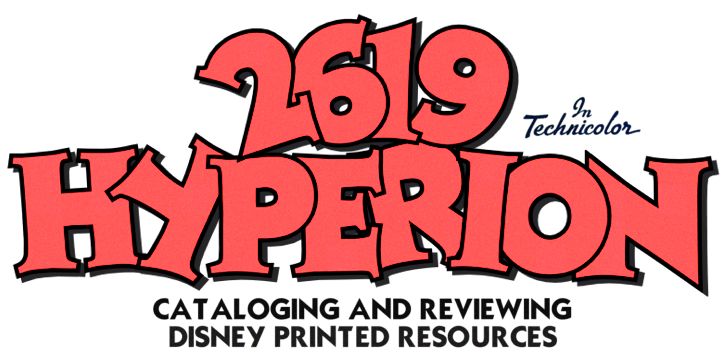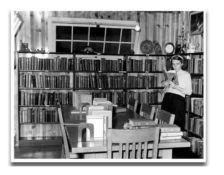 Over fifty years ago when Walt Disney launched Disneyland, he successfully blended the creative forces of imagination with the sciences of engineering to essentially create a new and wholly innovative form of entertainment: the theme park. Yet it is a chapter in Disney history that has long been neglected and under served in book form. There have been volumes dedicated to the company's legacy in animation, but the history of WED Enterprises and subsequently Walt Disney Imagineering, has been chronicled primarily outside of mainstream publications in smaller, yet still comprehensive efforts such as the E-Ticket Magazine and numerous other fan-based initiatives.
Over fifty years ago when Walt Disney launched Disneyland, he successfully blended the creative forces of imagination with the sciences of engineering to essentially create a new and wholly innovative form of entertainment: the theme park. Yet it is a chapter in Disney history that has long been neglected and under served in book form. There have been volumes dedicated to the company's legacy in animation, but the history of WED Enterprises and subsequently Walt Disney Imagineering, has been chronicled primarily outside of mainstream publications in smaller, yet still comprehensive efforts such as the E-Ticket Magazine and numerous other fan-based initiatives.That is why Walt Disney's Imagineering Legends and the Genesis of the Disney Theme Park
The book, not unlike a Disney theme park attraction, is an altogether immersive journey back to earlier times and places, rich in both design and content. Creatively designed by the late Bruce Gordon, the pages of Imagineering Legends strongly evoke via retro-themed styles, Disney Imagineering's own Hyperion era of creativity and innovation during the 1950s and 1960s.
Surrounded by Gordon's wonderfully placed designs and illustrations, author Jeff Kurtti profiles twenty-nine "Imagineering Legends," beginning with the very first Imagineer, Walt Disney himself. Kurtti then separates the "Legends" by various disciplines. Following Disney, Harper Goff, Ken Anderson, Herbert Ryman and Sam McKim are credited as The Prototype Imagineers; Richard F. Irvine and Bill Cottrell are members of The Executive Suite; Marvin Davis and Bill Martin are The Place Makers; Marc Davis and Claude Coats form The Story Department; Masters of Mixed Media include Bill Evans, Rolly Crump, Yale Gracey and Blaine Gibson; The Model Shop consists of Fred Joerger, Harriet Burns and Wathel Rogers while The Machine Shop features Roger Broggie and Bob Gurr; The Music Makers are the Sherman Brothers, Buddy Baker, George Bruns and X. Atencio. Kurtti concludes the book with whom he considers The Unofficial Imagineers, Ub Iwerks, Bill Walsh, James Algar and Ward Kimball; and showcases John Hench as The Renaissance Imagineer in the book's final chapter.
 Kurtti's individual biographies are extensive and informative, showcasing individuals who have largely gone unrecognized and too often unacknowledged in other mainstream Disney histories. And the accompanying illustrations truly compliment the text. They are not repetitions of previously published concept art, but generally heretofore unseen artwork and photographs of the Imagineers themselves as they applied their skills and talents. This is by no means a book to quickly rush through; every page is an utter joy to behold, read and ultimately savor.
Kurtti's individual biographies are extensive and informative, showcasing individuals who have largely gone unrecognized and too often unacknowledged in other mainstream Disney histories. And the accompanying illustrations truly compliment the text. They are not repetitions of previously published concept art, but generally heretofore unseen artwork and photographs of the Imagineers themselves as they applied their skills and talents. This is by no means a book to quickly rush through; every page is an utter joy to behold, read and ultimately savor.Beyond these many merits, Walt Disney's Imagineering Legends and the Genesis of the Theme Park will also fill a much needed void that has been present in Disney history research libraries for some time. In the past, information on the individuals showcased in Imagineering Legends has been scattered among many different and too often, hard to access resources such as the E-Ticket and Disney magazines. For me personally, I foresee it becoming a valuable and indispensable resource for many, many years to come.




0 comments:
Post a Comment